
What’s the difference Between Compressor Nebulizer, Ultrasonic nebulizers and Mesh nebulizers?
Compressor Nebulizer is the most popular Nebulizer in the home use since it is easy to use, stable and affordable. Portable Mesh Nebulizer is also popular for take-out use, what’s the difference between the three kinds of Nebulizer? read this article to learn more.
2.What is Ultrasonic nebulizers?
3.What is Mesh nebulizers?
4.What’s the difference?
5.How should I choose?
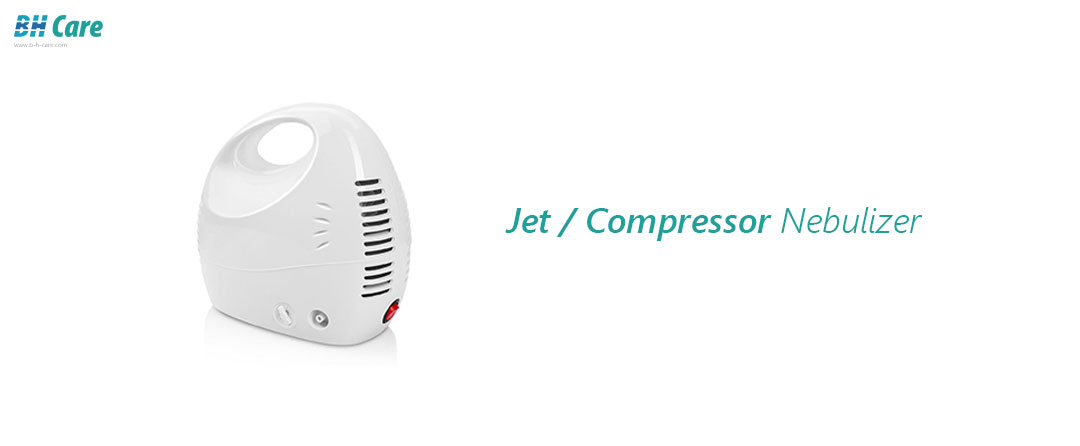

Compressor Nebulizer
What is Compressor Nebulizer?
In medicine, a nebulizer is a drug delivery device used to administer medication in the form of a mist inhaled into the lungs.(from https://en.wikipedia.org/wiki/Nebulizer)
Compressor Nebulizer/ Atomizer Jet Nebulizer are connected by tubing to a compressor, that causes compressed air or oxygen to flow at high velocity through a liquid medicine to turn it into an aerosol.
Compressor Nebulizer uses compressed air to generate a fine mist.
2. What is Ultrasonic nebulizers?
Ultrasonic nebulizers uses ultrasonic vibrations passed through water to generate a fine mist.
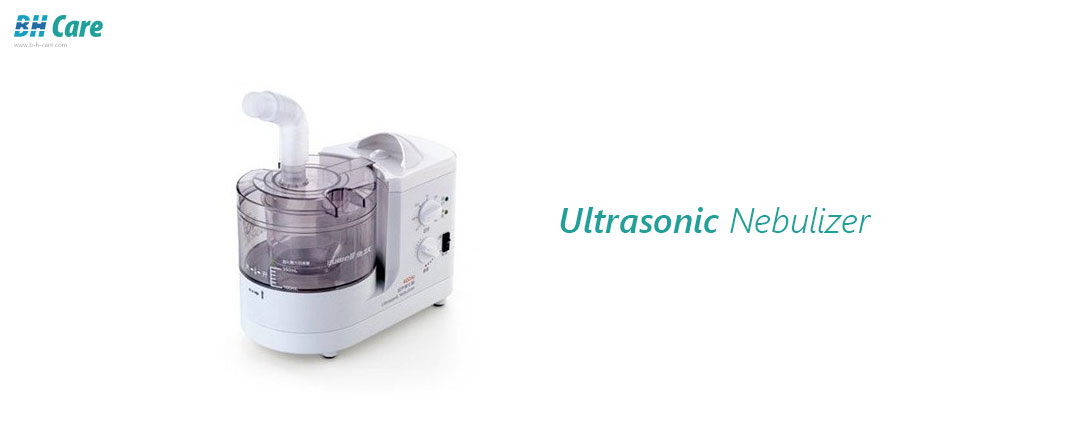

Ultrasonic nebulizers
3. What is Mesh nebulizers?
Mesh nebulizers are driven by a piezo-element and use ultrasonic frequencies to vibrate the mesh. The vibration of the mesh causes aerosol generation as the liquid passes through it.

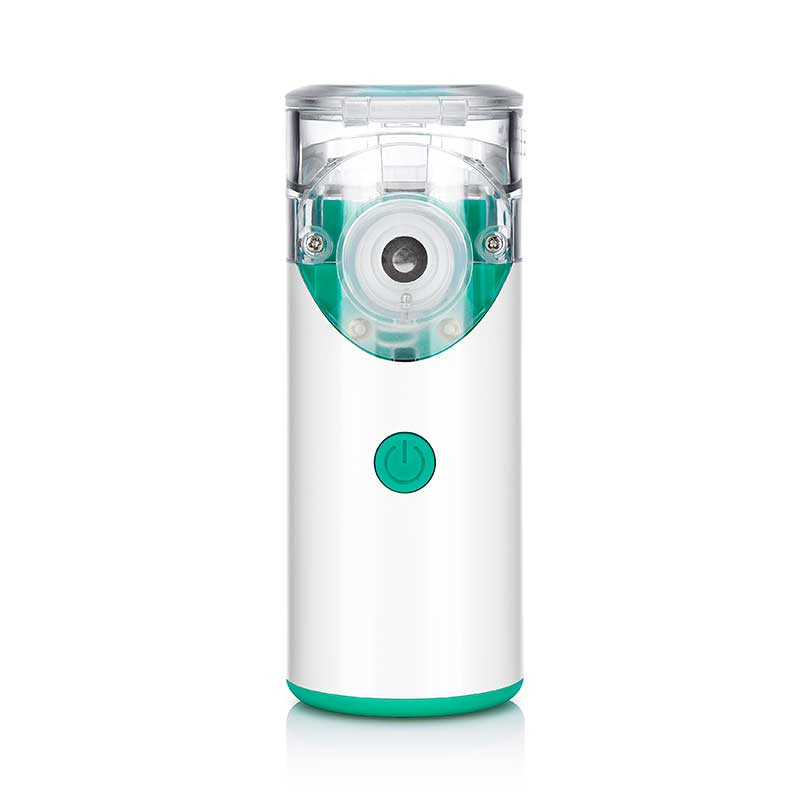
Mesh nebulizers
4. What’s the difference?

| Nebulizers | Advantages | Disadvantages |
| Jet nebulizers with corrugated tubing | Cheap Easy to use Effective in delivering drugs that can |
Inefficient Difficult to clean Need compressed not be delivered with pMDIs and DPIs gas and additional tubing |
| Breath-actuated & Breath-enhanced jet nebulizers | Drug delivery only during inhalation Easy to use Less medication wasted More efficient than JNs with tubing |
Need sufficient flow to trigger drug delivery Takes longer to deliver drug Not ventilator-enabled More expensive |
| Ultrasonic nebulizers | Easy to use More efficient than jet nebulizer |
Large residual volume Inability to aerosolize viscous solutions Degradation of heat-sensitive materials |
| Mesh nebulizers | Fast, quiet, portable Self-contained power source Optimize particle size for specific drugs More efficient than other nebulizers Easy to use |
More expensive Cleaning can be difficult Medication dosage must be adjusted in transition from JNs Not compatible with viscous liquids or those that crystallize on drying |
5. How should I choose?
Compressor Nebulizer/ Atomizer Jet Nebulizer: Compressor Nebulizer is the most popular kind with medical facilities. Stable and very suitable for home use.
Portable Mesh Nebulizer: If you are often on the go, a portable nebulizer will be your choice, you can put it in your bag and use it whenever you need it. The hand-held nebulizer is small in size, runs on a battery, and provides convenient portability.
Ultrasonic Nebulizer : Don‘t recommend.









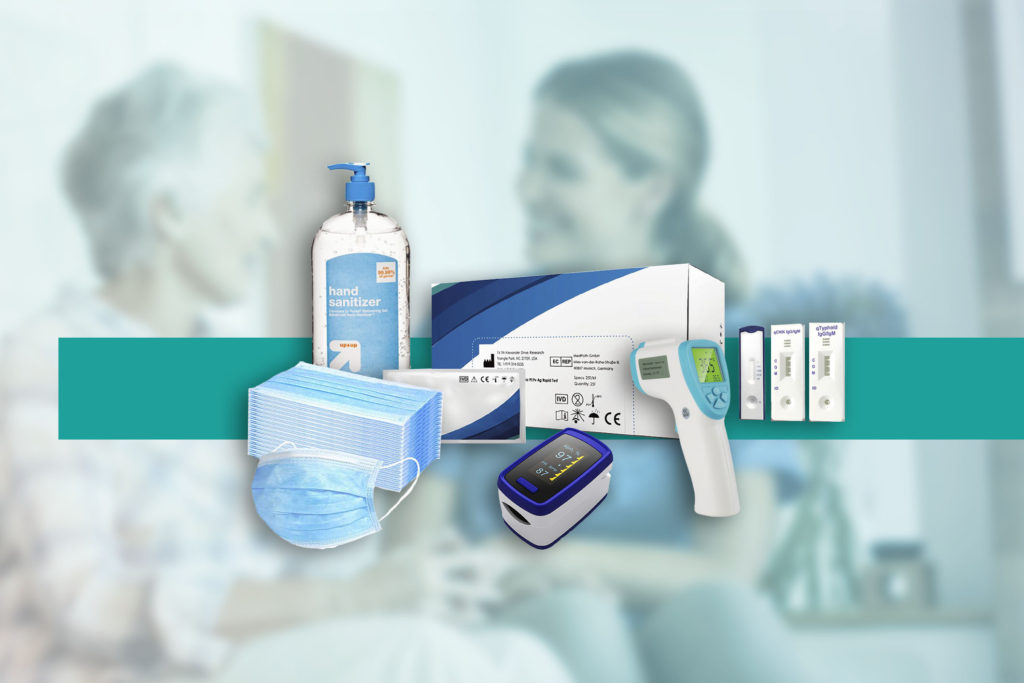












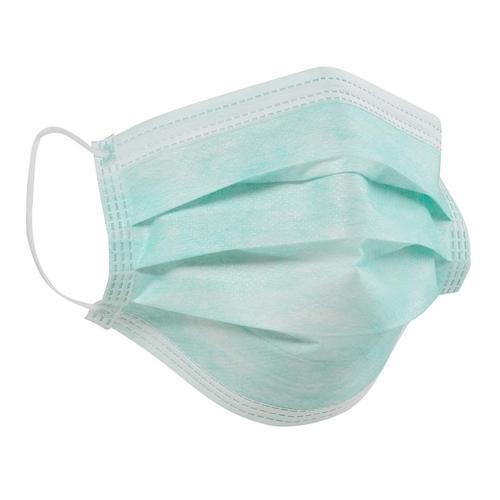


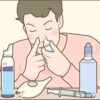
Recent Comments